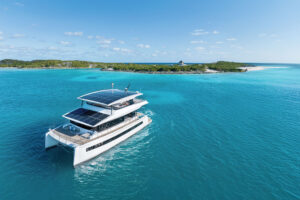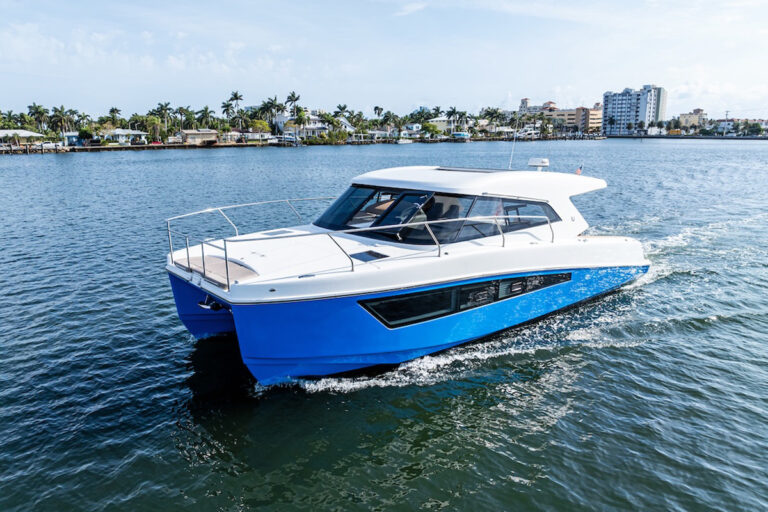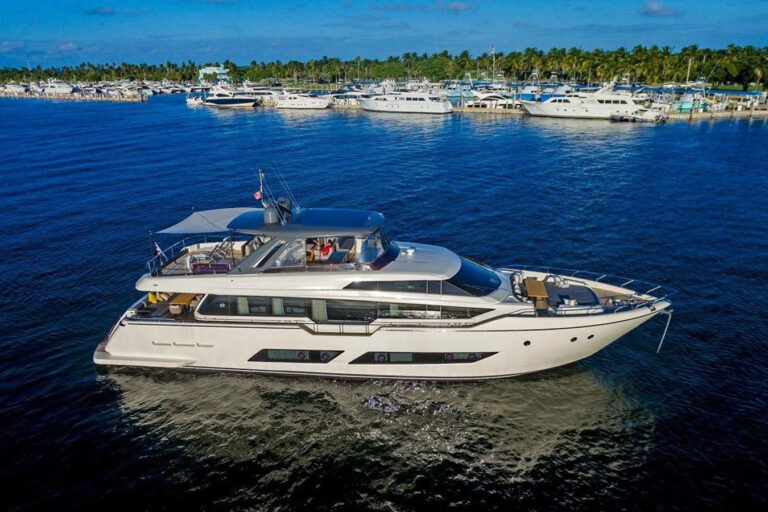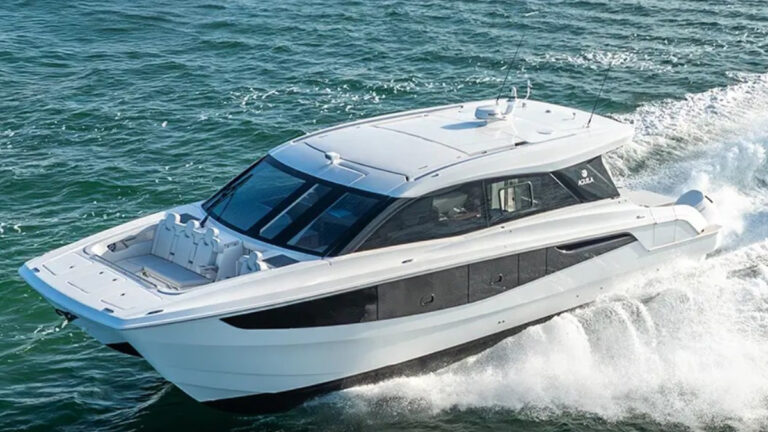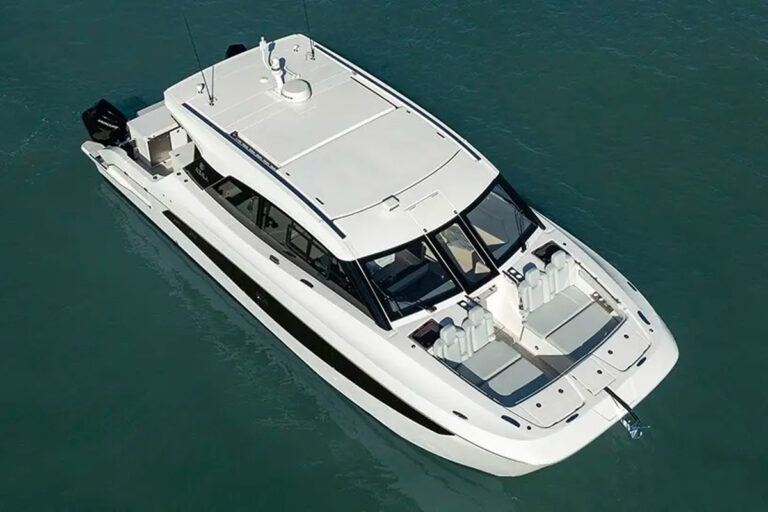The Galapagos Islands are a bucket-list destination for nature lovers eager to see the iconic animals of this remote island chain off mainland Ecuador. From the giant tortoises to the blue-footed boobies, the islands’ extraordinary wildlife is worth the extra effort required to cruise here.
Getting There
Cruising regulations are incredibly strict to protect the islands’ one-of-a-kind creatures and ecosystems. International yacht owners must work with a local agency to obtain an autografo, or entry authorization, from the Ecuadorian government. (Start the process two months out.) Cruisers must visit only the islands on the approved itinerary and must carry a local naturalist guide on board. Or consider booking a charter yacht instead. They can handle the administrative hurdles and provisioning so you can simply enjoy this incredible destination.
What To See
Each of the 13 major islands offers a memorable wildlife experience. Giant tortoises are the star on Santa Cruz Island. The Charles Darwin Research Station in Puerto Ayora safeguards the survival of this beloved species. Scientists there nurture juveniles for several years until they’re large enough to survive in the wild. Up in the highlands, the nearly 30-acre El Chato Tortoise Reserve provides a protected haven for hundreds of adults, which can reach 5 feet in length and more than 550 pounds.
The view of Pinnacle Rock from the summit of Bartolome Island is the most photographed vista in the Galapagos. The waters at the base of the rock are a prime snorkeling spot, where a colony of Galapagos penguins resides. You’re also likely to spot black-tipped sharks and spotted eagle rays.
On San Cristobal Island, Punta Pitt is one of the few spots to see all three species of booby birds found in the Galapagos. The blue-footed booby gets top billing, but you’ll also spy red-footed boobies and Nazca boobies. In the evening, cruise around the island’s eastern side for a gorgeous sunset view of Kicker Rock.
Punta Suarez on Espanola Island is one of the most popular cruising stops in the Galapagos. From April through December, an estimated 35,000 critically endangered waved albatrosses settle in for nesting season. It’s awe-inspiring to witness their elaborate courtship rituals and juveniles learning to fly. Near the rocky landing site, you’ll also spy lava lizards, colorful red-and-green marine iguanas and Galapagos sea lions resting on shore or frolicking in the waters.
If you’re an avid birder, set a course to the western islands of Fernandina and Isabela to spot the flightless cormorant, another iconic species. And keep an eye out for swallow-tailed gulls, Galapagos hawks and—of course—Darwin’s finches throughout the islands.


